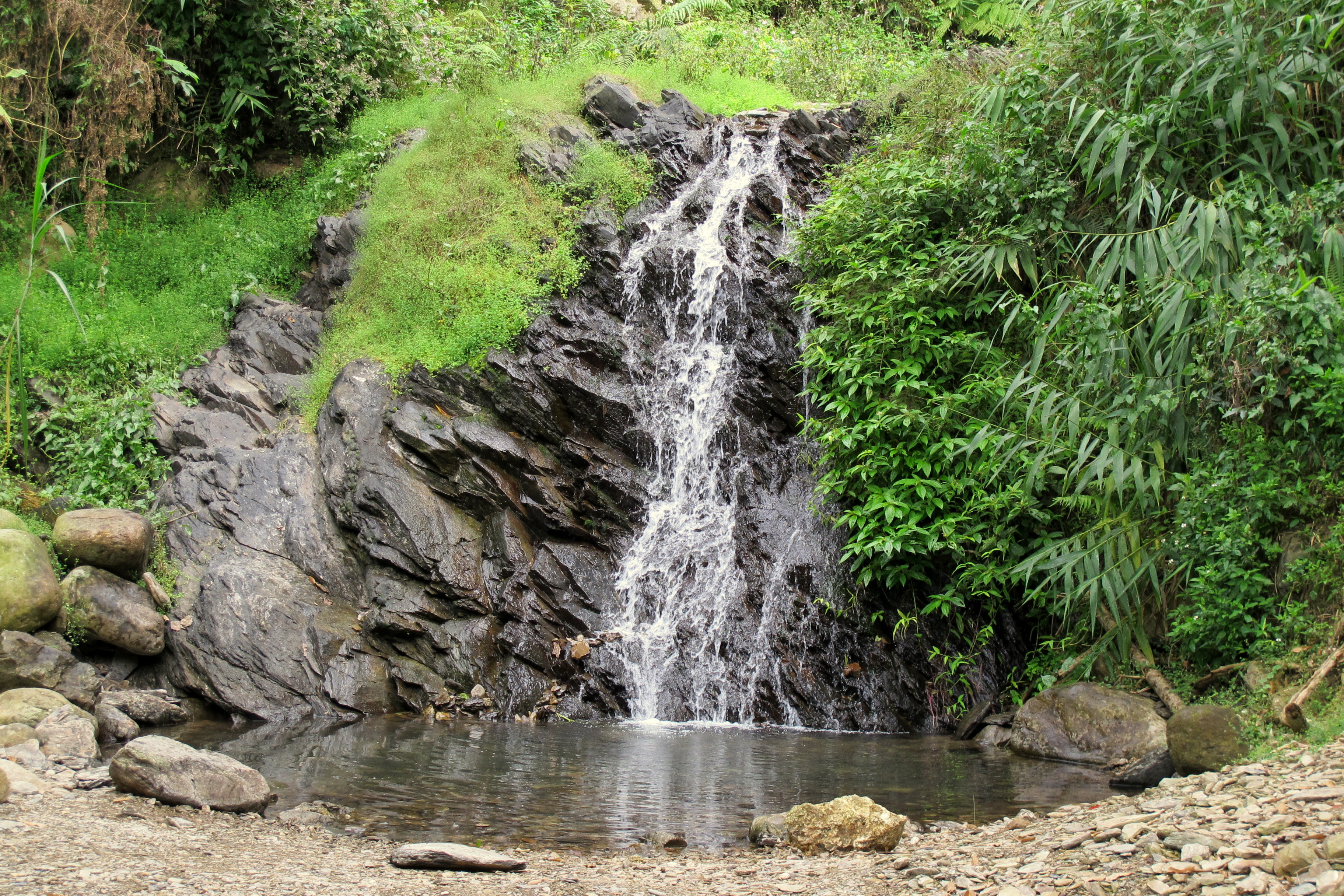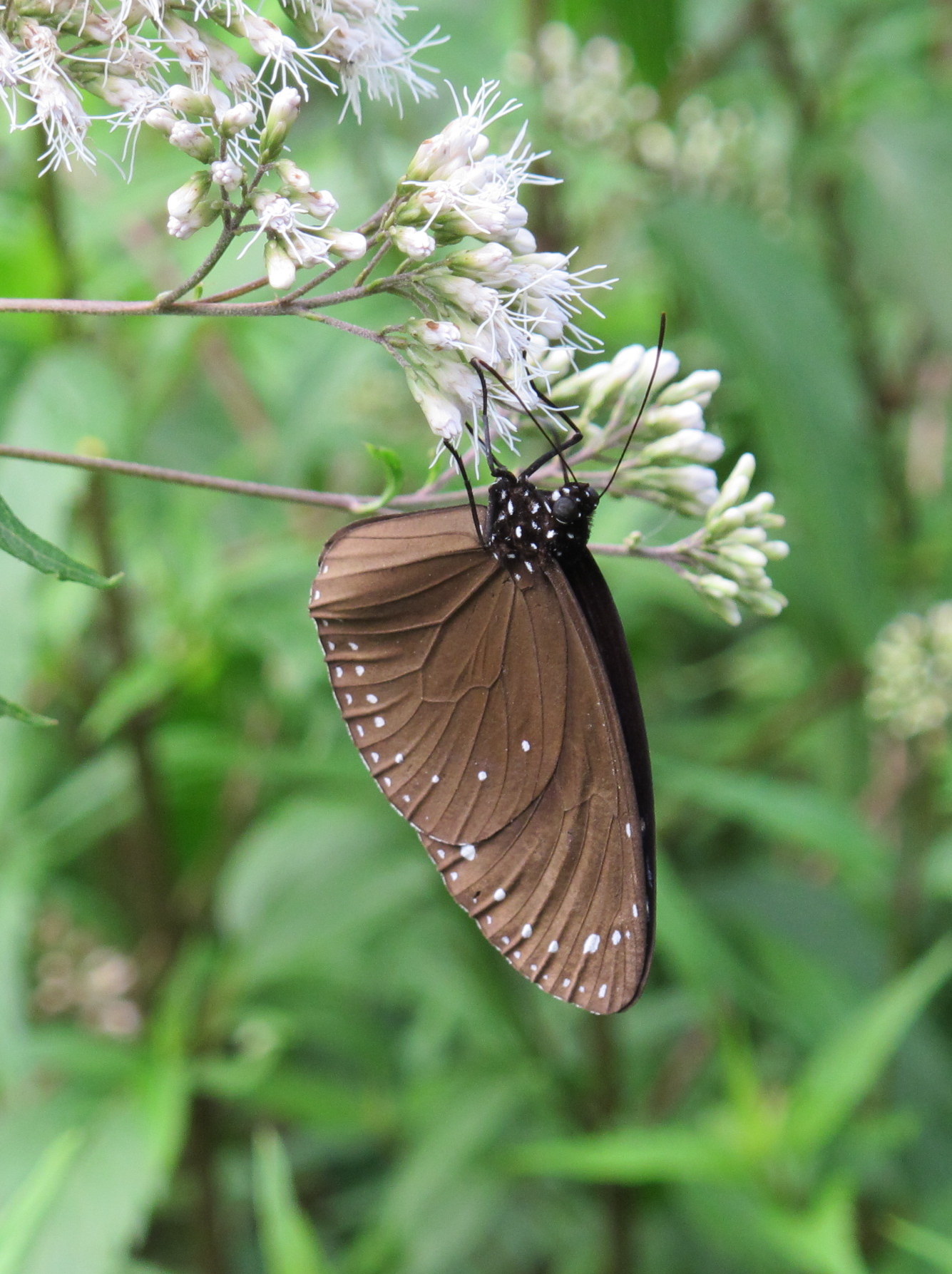 Between now and next March, a mountainous district in Greater Kaohsiung will justify its alternative name. Maolin is also known as ‘the Purple Butterfly Valley’ because late each autumn hundreds of thousands of lepidopterans migrate from the colder northern half of Taiwan to this perennially sunny corner of the island. For some of the butterflies, the migration distance exceeds 250 km. Because insects don’t live for very long, for many of them it’s a one-way trip. They leave their eggs in a place with an abundance of food, then fly off to spend their remaining days far away – but far from alone. After reaching the south, they gather in such numbers that individual trees have been known to host 1,000 butterflies.
Between now and next March, a mountainous district in Greater Kaohsiung will justify its alternative name. Maolin is also known as ‘the Purple Butterfly Valley’ because late each autumn hundreds of thousands of lepidopterans migrate from the colder northern half of Taiwan to this perennially sunny corner of the island. For some of the butterflies, the migration distance exceeds 250 km. Because insects don’t live for very long, for many of them it’s a one-way trip. They leave their eggs in a place with an abundance of food, then fly off to spend their remaining days far away – but far from alone. After reaching the south, they gather in such numbers that individual trees have been known to host 1,000 butterflies.
This remarkable annual event features four butterfly species. Three quarters of Maolin’s winter guests are Dwarf Crows, while most of the others are Striped Blue Crows or Double-branded Black Crows. A small minority are Blue-banded King Crows. All four are similar in terms of size, with wingspans of 60 mm to 75 mm, and all have wings mottled with patches of blue and/or purple.
More than 400 species of butterfly have been identified in Taiwan, more than in any Western European country and more than Japan which has ten times’ the land area. Maolin is merely the most famous of several excellent butterflying sites around the island.

Almost all of the nearly 2,000 people who live in Maolin are members of the Rukai indigenous tribe, while neighboring districts are dominated by the Paiwan tribe. Staying overnight so you’ve enough time for a leisurely tour of cultural and natural attractions is recommended. Contact Life of Taiwan today to arrange a tour of Asia’s most fascinating destination!
To read more about Taiwan’s natural wonders, take a look at Part 1 and Part 3 in this series of articles.
